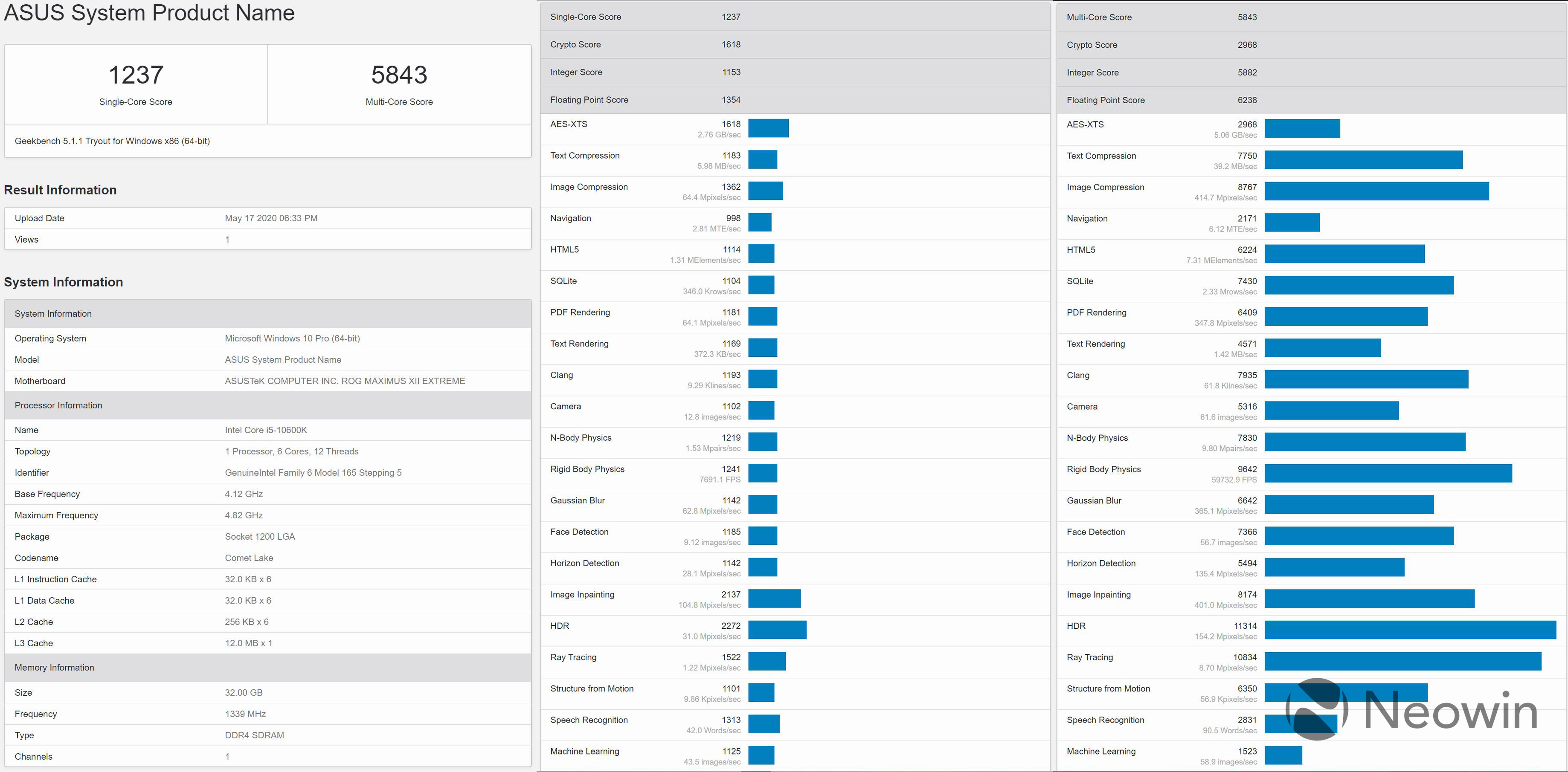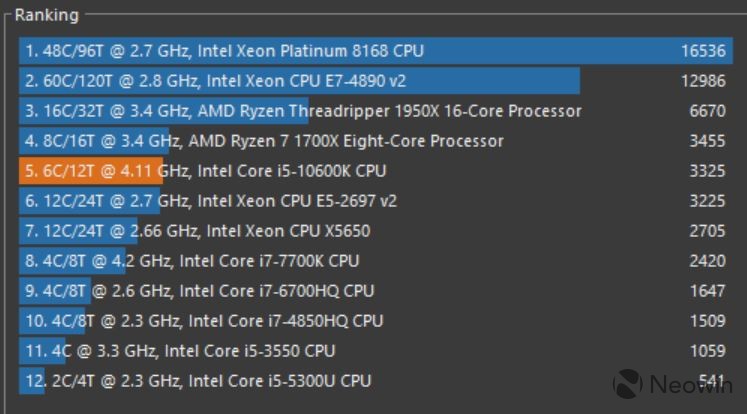Intel Core i5-10600K review: Mainstream performance sets a new bar
By Rich Woods @@TheRichWoods · May 23, 2020
By Rich Woods @@TheRichWoods · May 23, 2020
[SHOWTOGROUPS=4,20]
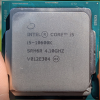
Comet Lake S is Intel's 10th-generation of desktop processors, and the family of CPUs was announced last month. Intel was kind enough to send over a Core i5-10600K and Core i9-10900K to review, and frankly, this has been a fun project. While I've reviewed over a hundred Windows 10 PCs for Neowin, I've never started with just a CPU.
So I built a PC, something that I've also never done before. First of all, getting parts were hard with stores being closed and shipments being delayed. That's part of the reason that the Core i9 review isn't going live today. Let's start with the parts I used.
Parts
The RAM and the GPU were pulled out of the HP OMEN Obelisk that I reviewed about a year ago, so we should be able to compare this Core i5-10600K with the Core i7-8700 that was in that machine quite nicely. I'll be using similar parts for the Core i9 review, although I'm waiting on a new CPU cooler for that.
It's worth noting that Comet Lake S processors fit in the new LGA 1200 socket, which means that you do need a new motherboard. You may not, however, need a new CPU cooler. Anything that fit an LGA 115x board will fit on an LGA 1200 board. This is nice because almost every cooler currently on the market says that it's for LGA 115x boards; however, there's still a caveat.
The new K-series processors have a 125W TDP, whereas previous generations were 95W. These new processors are faster, more powerful, and of course, hotter. In other words, if you buy a CPU cooler that says it's made for K-series chips, still be careful, since these K-series chips run hotter than previous generations. And if you buy one now, that cooler is probably made with previous generations in mind.
I found that the Intel BXTS15A did the job just fine on the Core i5-10600K; with the Core i9-10900K, not so much.
Core i5-10600K Specs
You can get the full list of specs here. Для просмотра ссылки Войдиили Зарегистрируйся
Performance
We can think of the Core i5-10600 as a mainstream processor, so we can think of the Core i5-10600K as a mainstream gaming processor. The K means it's unlocked for overclocking, but it's also more powerful. The base clock speed on the Core i5-10600 is 3.3GHz, while it's 4.1GHz on the 10600K. Intel's regular desktop chips still have a 65W TDP, while the K-series is 125W.
It also includes hyperthreading, something that's new to Core i5 desktop processors. In fact, the entire lineup of Comet Lake S processors got hyperthreading this year. This means that there are twice as many threads as cores, so there are six cores and 12 threads on this CPU. Note that this provides an improvement in multithreaded applications, but not for everything.
The price listed on Intel's website is $262-$263, which is very much mainstream pricing. The Core i9-10900K that Intel also sent me is priced at $488-$499, so there's a big difference there between mainstream gaming and high-end gaming.
I ran the Core i5-10600K with an Nvidia GeForce RTX 2080 and 32GB HyperX Fury DDR4-2666 RAM, and DDR4-2666 is the best that's supported with this CPU. My experience with performance is that it ran great, from productivity to video editing to gaming. My regular desktop includes a Core i9-9900K with an RTX 2080 Ti, so loading times were longer than I'm used to and such, but that's to be expected.
The key point that I want to make is that the experience with the Core i5-10600K was pretty seamless, and this is a fantastic CPU for mainstream performance. I've learned from this experience, rather than reviewing pre-built PCs, that it's not as simple as Core i9 > Core i5. So far, my Core i9-10900K experience has not been seamless. With that CPU comes a requirement for better cooling and an overall more expensive build. With the i5, everything just worked well with the parts that I had.
Of course, I can tell you all about what I did with it, but what you'll really want to see are benchmarks.
CPU-Z
CPU-Z is an application that can be installed through ASUS' Armoury Crate application. Armoury Crate is also where you can find driver updates for components on the motherboard and such. CPU-Z can show you various information for your system, and you can run benchmarks that can easily be compared to competing processors from AMD or alternatives from Intel.
Gallery: Core i5-10600K CPU-Z
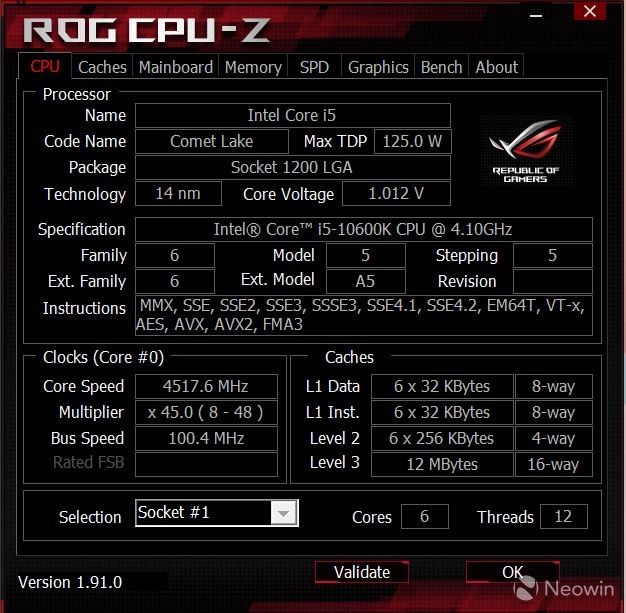
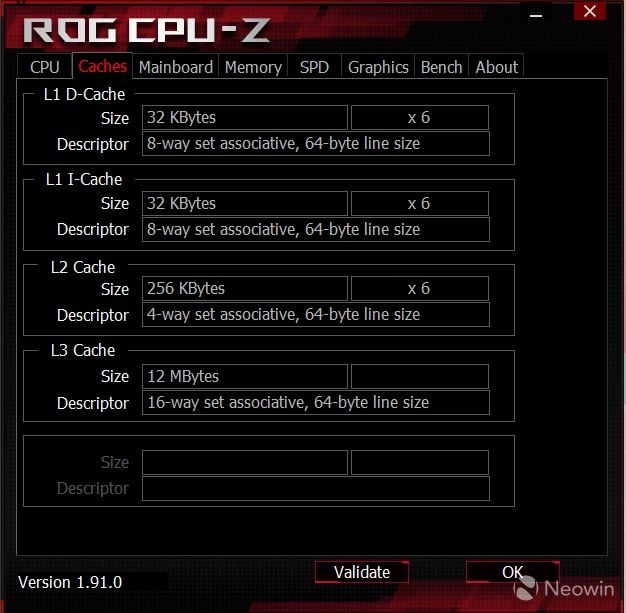
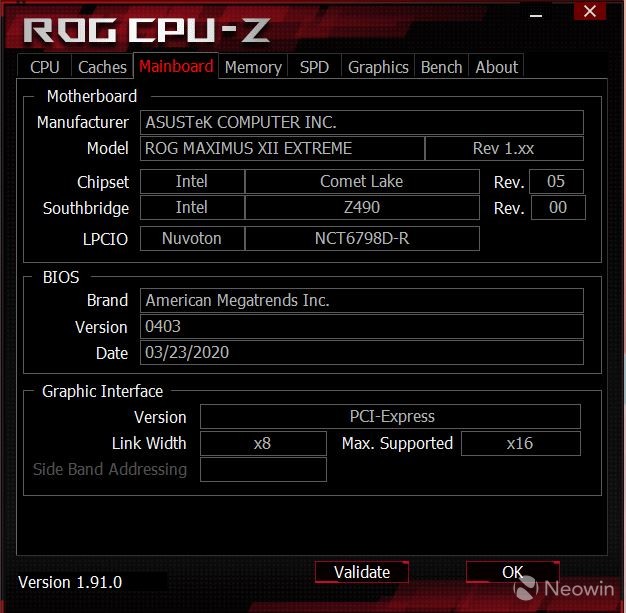
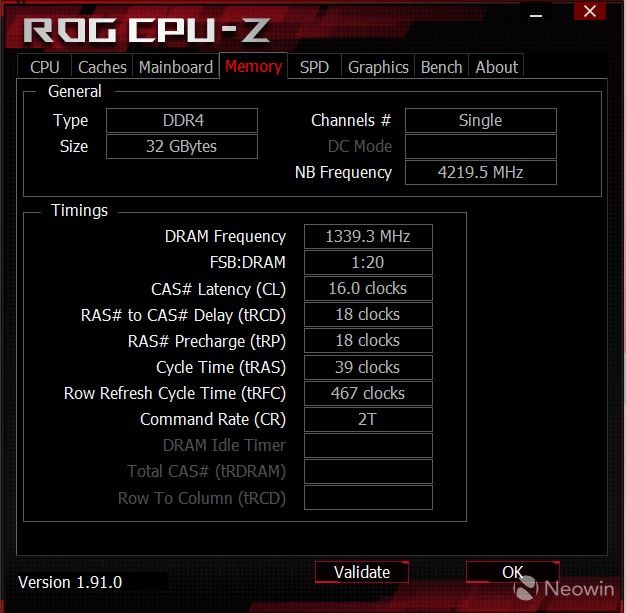
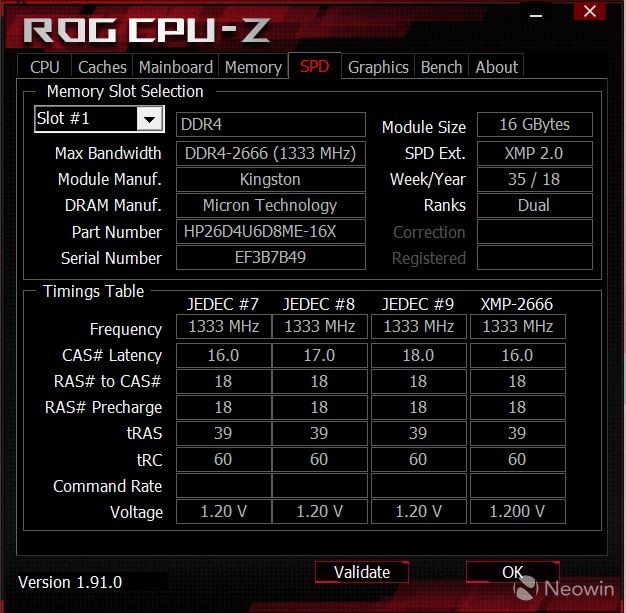
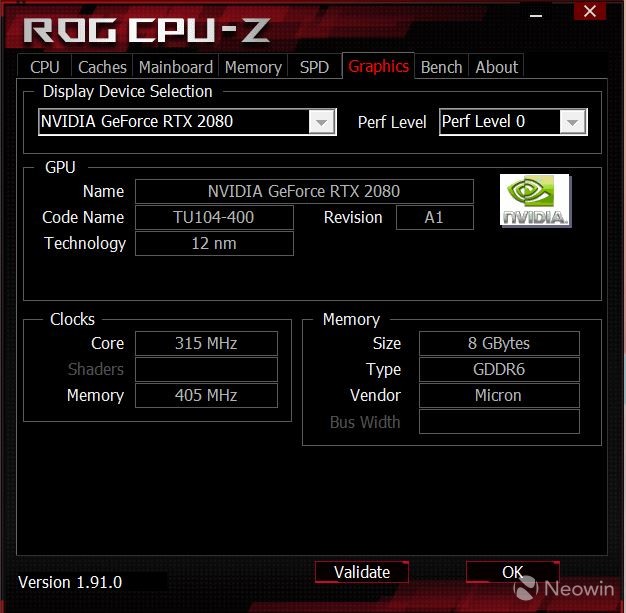


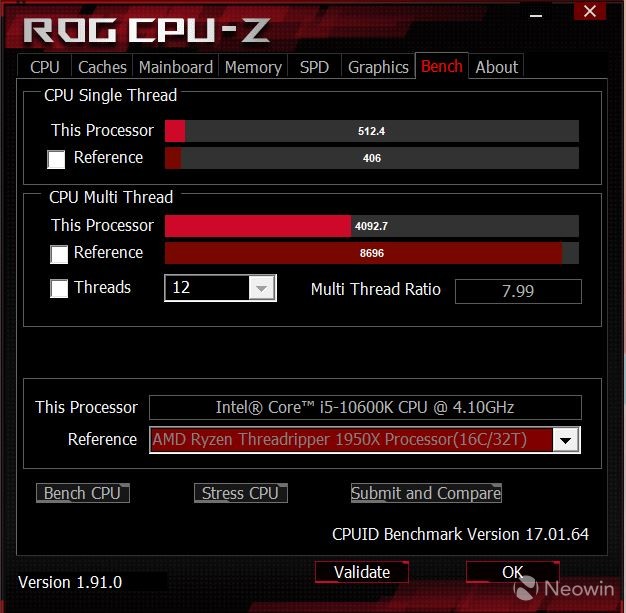
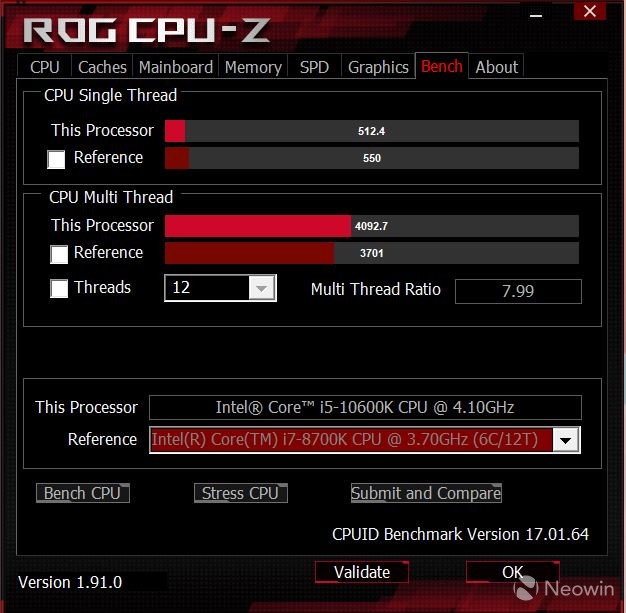
PCMark 10
PCMark 10 has an all-in-one test that can be broken down into various segments.


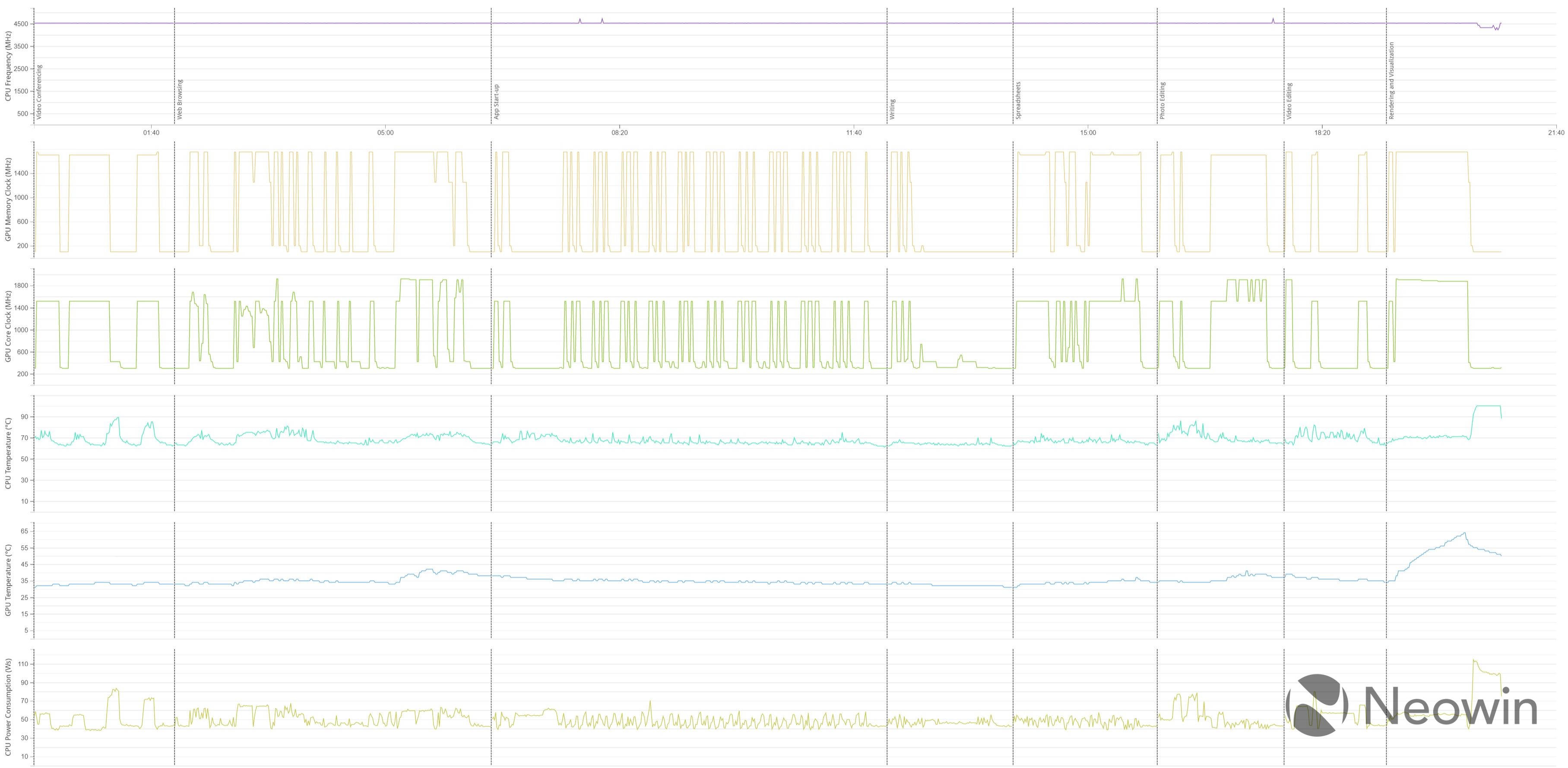

There's honestly nothing to complain about here. Notice that the CPU frequency is consistent throughout, and the CPU temperature is mostly consistent. You'll see when I do the Core i9 review that the temperature isn't quite as stable. This is really an excellent CPU, and this PC beat out 90% of other scores on this test. You can see from the chart that other 2020 gaming PCs are doing better, and that's fair, because as good as this is, there's still a Core i7, Core i9, Intel Extreme CPUs, AMD Ryzen, and AMD Threadripper to deal with, all of which sit at higher tiers.
[/SHOWTOGROUPS]

Comet Lake S is Intel's 10th-generation of desktop processors, and the family of CPUs was announced last month. Intel was kind enough to send over a Core i5-10600K and Core i9-10900K to review, and frankly, this has been a fun project. While I've reviewed over a hundred Windows 10 PCs for Neowin, I've never started with just a CPU.
So I built a PC, something that I've also never done before. First of all, getting parts were hard with stores being closed and shipments being delayed. That's part of the reason that the Core i9 review isn't going live today. Let's start with the parts I used.
Parts
| Part | Model | Price | Vendor |
|---|---|---|---|
| CPU | Intel Core i5-10600K | $262 | Supplied by Intel |
| Motherboard | ASUS ROG Maximus XII Extreme | $750 | Supplied by Intel (Для просмотра ссылки Войди |
| GPU | Nvidia GeForce RTX 2080 | $709.99 | Pulled from another PC (Для просмотра ссылки Войди |
| CPU cooler | Intel BXTS15A | $35.40 | Для просмотра ссылки Войди |
| Memory | HyperX Fury RGB 32GB (2 x 16GB) DDR4-2666 | $149.90 | Pulled from another PC (Для просмотра ссылки Войди |
| Storage | Western Digital Blue 1TB 2.5" SATA SSD | $119.99 | Для просмотра ссылки Войди |
| Case | ASUS TUF Gaming GT501 ATX Mid Tower Case | $169.99 | Для просмотра ссылки Войди |
| Power supply | Corsair CV650 80 Plus Bronze | $69.99 | Для просмотра ссылки Войди |
| Thermal compound | Arctic Silver 5 High-Density Polysynthetic Silver Thermal Compound | $6.99 | Для просмотра ссылки Войди |
The RAM and the GPU were pulled out of the HP OMEN Obelisk that I reviewed about a year ago, so we should be able to compare this Core i5-10600K with the Core i7-8700 that was in that machine quite nicely. I'll be using similar parts for the Core i9 review, although I'm waiting on a new CPU cooler for that.
It's worth noting that Comet Lake S processors fit in the new LGA 1200 socket, which means that you do need a new motherboard. You may not, however, need a new CPU cooler. Anything that fit an LGA 115x board will fit on an LGA 1200 board. This is nice because almost every cooler currently on the market says that it's for LGA 115x boards; however, there's still a caveat.
The new K-series processors have a 125W TDP, whereas previous generations were 95W. These new processors are faster, more powerful, and of course, hotter. In other words, if you buy a CPU cooler that says it's made for K-series chips, still be careful, since these K-series chips run hotter than previous generations. And if you buy one now, that cooler is probably made with previous generations in mind.
I found that the Intel BXTS15A did the job just fine on the Core i5-10600K; with the Core i9-10900K, not so much.
Core i5-10600K Specs
| Cores/threads | 6/12 |
|---|---|
| Frequency | 4.1GHz base, 4.8GHz max turbo |
| Cache | 12MB Intel Smart Cache |
| Bus speed | 8GT/s |
| TDP | 125W / TDP-down 95W |
| Lithography | 14nm |
| Max memory size | 128GB DDR-2666 |
| Max number of memory channels | 2 |
| Max memory bandwidth | 41.6GB/s |
| ECC memory supported | No |
| Integrated graphics | UHD Graphics 630, 350MHz base frequency, 1.2GHz max dynamic frequency |
| Max resolution | 4096x2304@60Hz, up to three displays supported |
| PCI Express | 3.0, up to 1x16, 2x8, 1x8+2x4, up to 16 lanes |
| Thermal solution specification | PCG 2015D |
| Price | $262-$263 |
You can get the full list of specs here. Для просмотра ссылки Войди
Performance
We can think of the Core i5-10600 as a mainstream processor, so we can think of the Core i5-10600K as a mainstream gaming processor. The K means it's unlocked for overclocking, but it's also more powerful. The base clock speed on the Core i5-10600 is 3.3GHz, while it's 4.1GHz on the 10600K. Intel's regular desktop chips still have a 65W TDP, while the K-series is 125W.
It also includes hyperthreading, something that's new to Core i5 desktop processors. In fact, the entire lineup of Comet Lake S processors got hyperthreading this year. This means that there are twice as many threads as cores, so there are six cores and 12 threads on this CPU. Note that this provides an improvement in multithreaded applications, but not for everything.
The price listed on Intel's website is $262-$263, which is very much mainstream pricing. The Core i9-10900K that Intel also sent me is priced at $488-$499, so there's a big difference there between mainstream gaming and high-end gaming.
I ran the Core i5-10600K with an Nvidia GeForce RTX 2080 and 32GB HyperX Fury DDR4-2666 RAM, and DDR4-2666 is the best that's supported with this CPU. My experience with performance is that it ran great, from productivity to video editing to gaming. My regular desktop includes a Core i9-9900K with an RTX 2080 Ti, so loading times were longer than I'm used to and such, but that's to be expected.
The key point that I want to make is that the experience with the Core i5-10600K was pretty seamless, and this is a fantastic CPU for mainstream performance. I've learned from this experience, rather than reviewing pre-built PCs, that it's not as simple as Core i9 > Core i5. So far, my Core i9-10900K experience has not been seamless. With that CPU comes a requirement for better cooling and an overall more expensive build. With the i5, everything just worked well with the parts that I had.
Of course, I can tell you all about what I did with it, but what you'll really want to see are benchmarks.
CPU-Z
CPU-Z is an application that can be installed through ASUS' Armoury Crate application. Armoury Crate is also where you can find driver updates for components on the motherboard and such. CPU-Z can show you various information for your system, and you can run benchmarks that can easily be compared to competing processors from AMD or alternatives from Intel.
Gallery: Core i5-10600K CPU-Z










PCMark 10
PCMark 10 has an all-in-one test that can be broken down into various segments.




There's honestly nothing to complain about here. Notice that the CPU frequency is consistent throughout, and the CPU temperature is mostly consistent. You'll see when I do the Core i9 review that the temperature isn't quite as stable. This is really an excellent CPU, and this PC beat out 90% of other scores on this test. You can see from the chart that other 2020 gaming PCs are doing better, and that's fair, because as good as this is, there's still a Core i7, Core i9, Intel Extreme CPUs, AMD Ryzen, and AMD Threadripper to deal with, all of which sit at higher tiers.
[/SHOWTOGROUPS]
Последнее редактирование:

